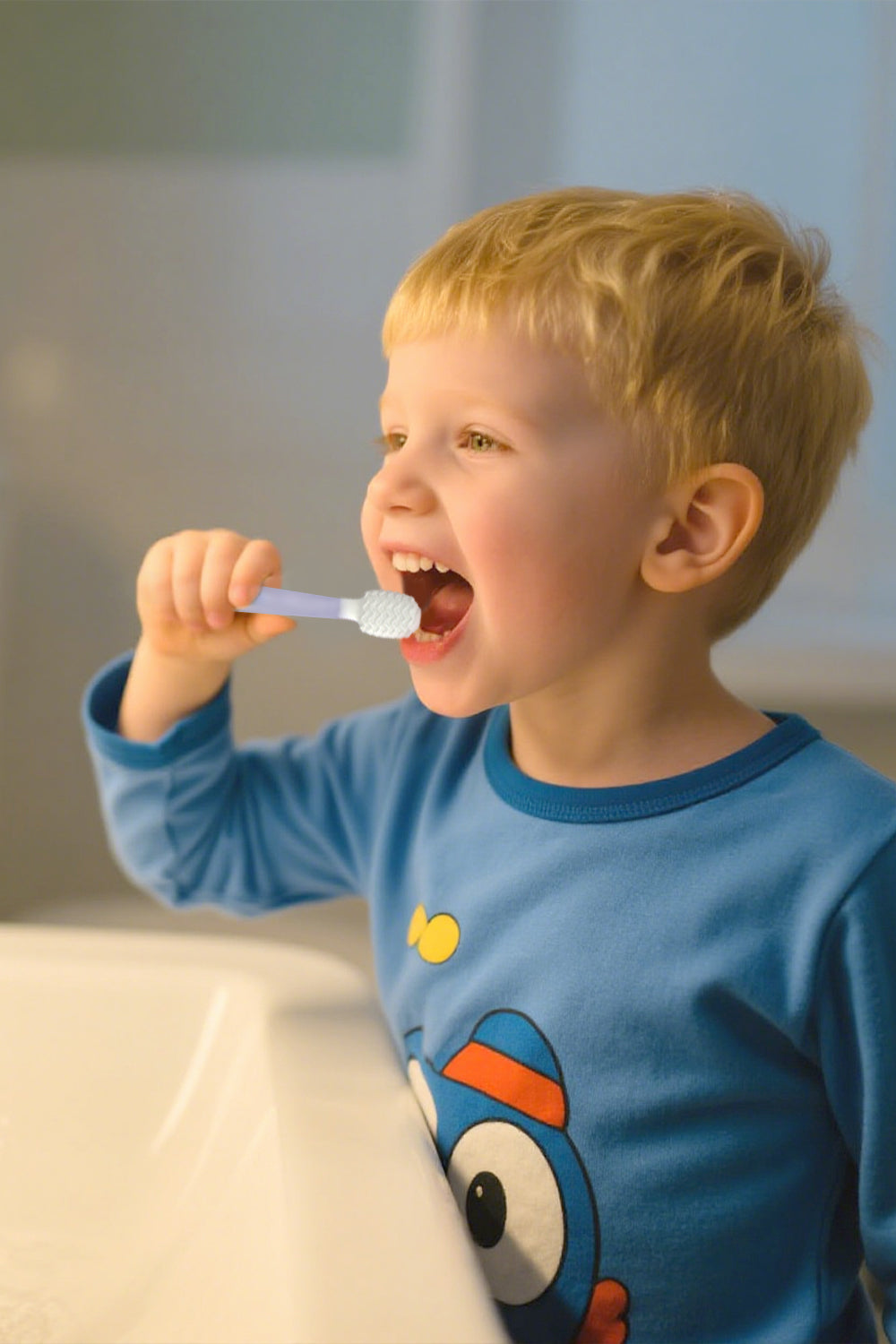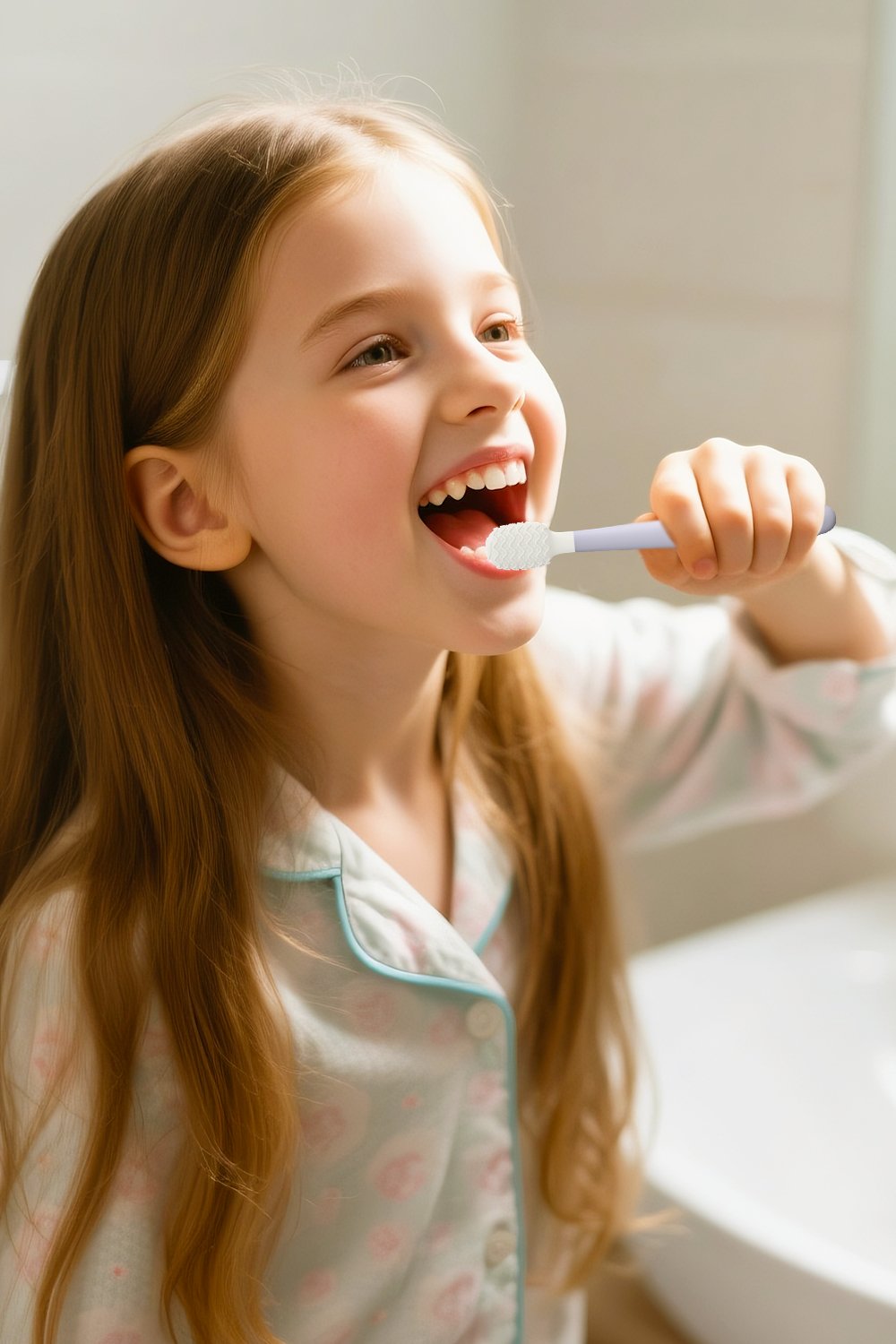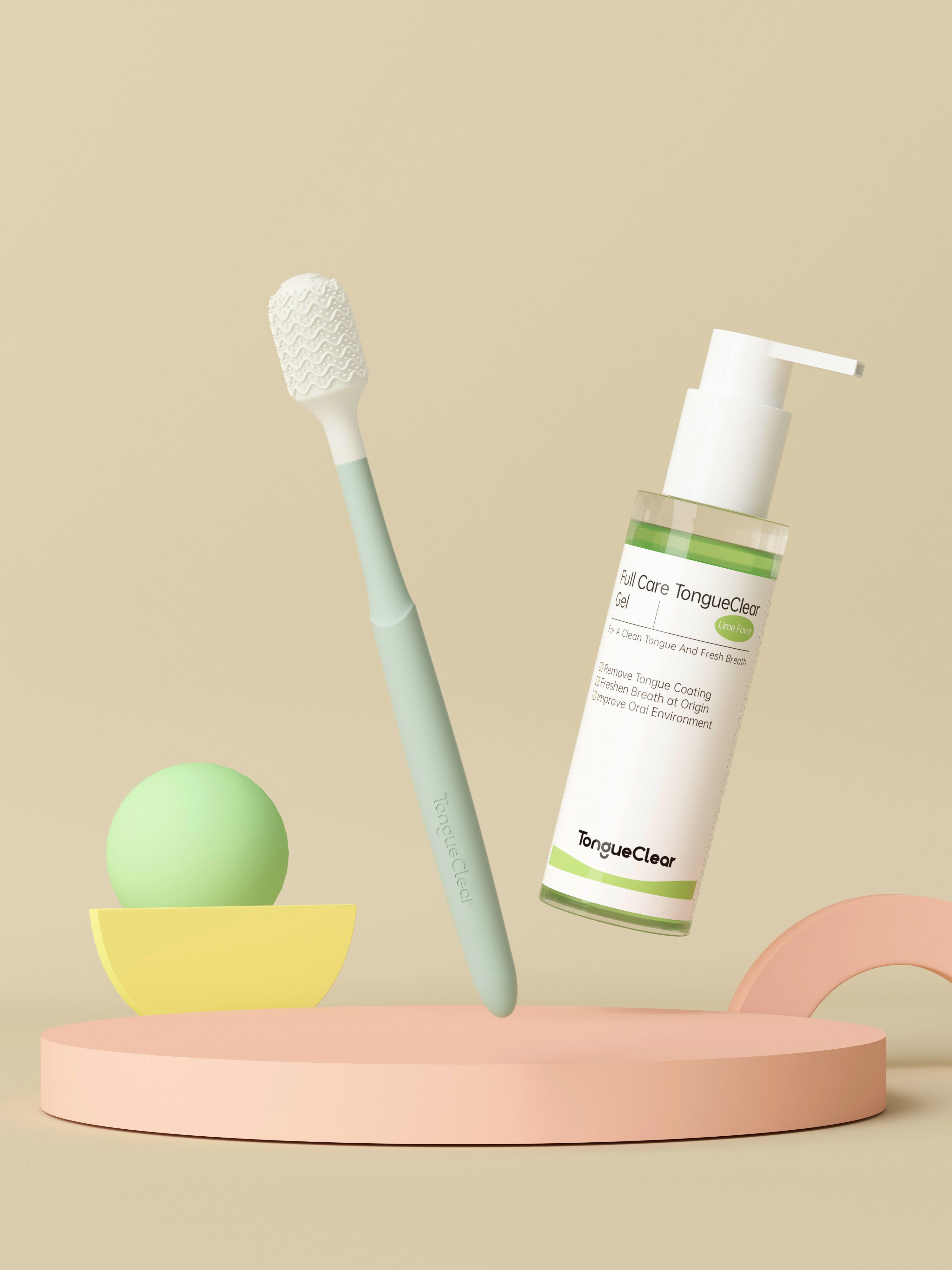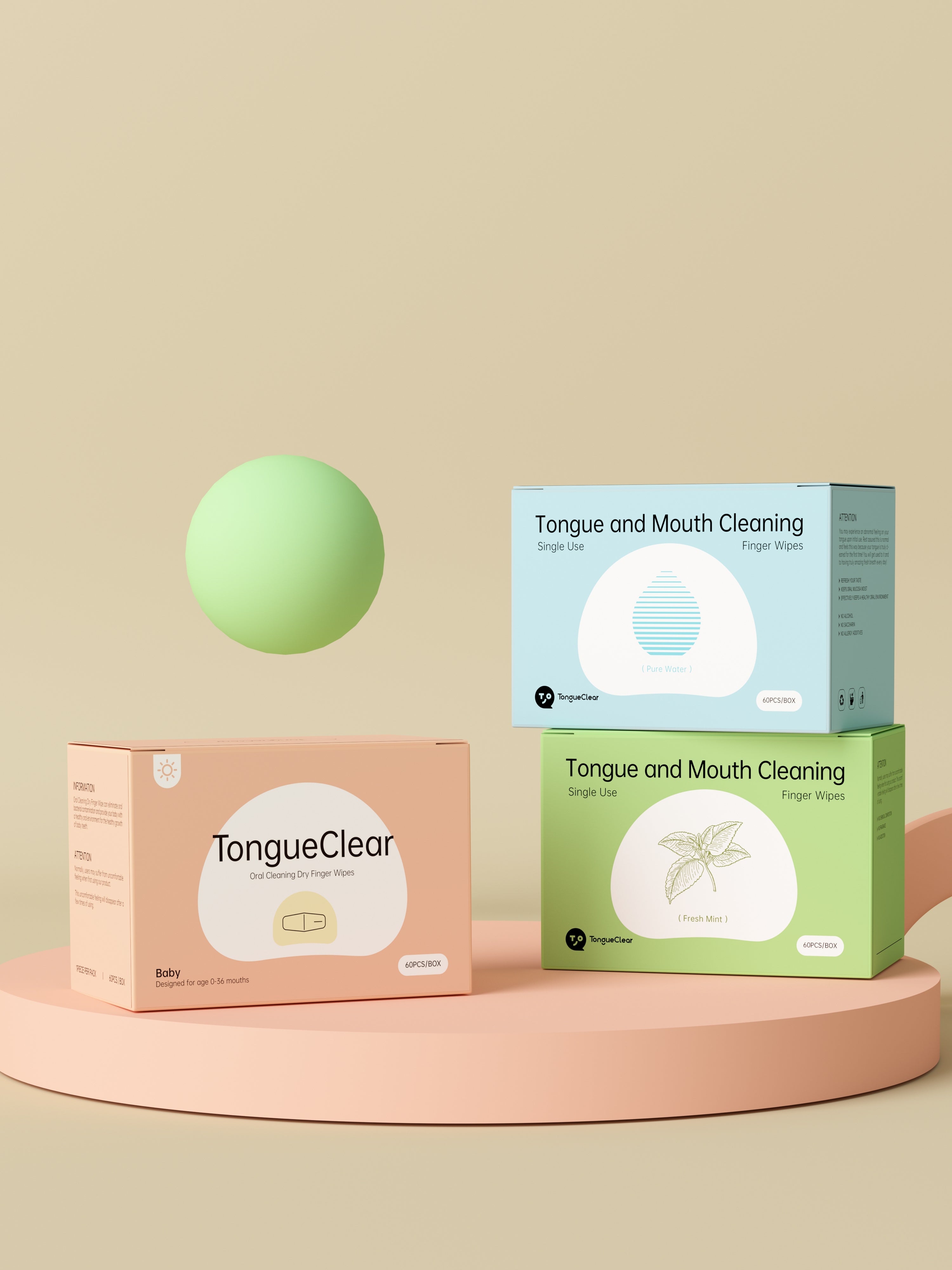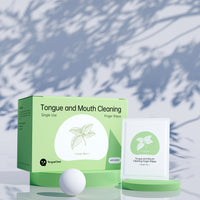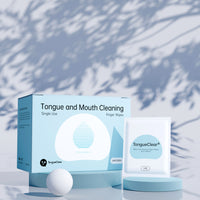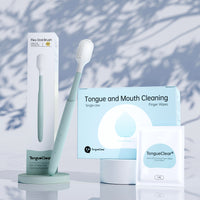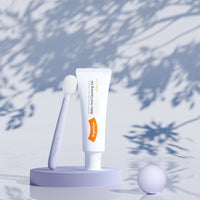Gingivitis
Gingivitis is a plaque-induced, reversible inflammation limited to the gums that is common in children as young as 5 years old. A complex community of bacteria that grows in a biofilm (plaque) on the surface of the teeth causes these diseases. The inflammatory response caused by the bacteria can lead to tissue destruction.
Symptoms of gingivitis include:
- Swollen gums.
- Bright or deep red gums, or gums that are darker in color than usual.
- Gums bleed easily when brushing or flossing.
- Gums feel tender to the touch.
- Bad breath.
Poor tooth and gum care can allow plaque to grow on your teeth, which is the most common cause of gingivitis. This causes the surrounding gum tissue to swell.
The process by which plaque causes gingivitis is described below:
Plaque forms on the teeth. Plaque is a colorless, sticky film. It consists mainly of bacteria that form on the teeth from starches and sugars in food. Plaque needs to be removed daily as it forms quickly.
Plaque becomes tartar. Plaque left on the teeth hardens into tartar under the gums. This tartar (also known as calculus) collects bacteria. Tartar causes plaque to be more difficult to remove, creates a protective barrier for bacteria, and causes gum irritation. You need a professional dental cleaning to remove tartar.
Gums can become irritated and swollen. The gums are the part of the tooth bed that surrounds the root of the tooth. The longer plaque and tartar stay on your teeth, the more irritation there is to your gums. The gums become swollen over time and tend to bleed. This is called gingivitis. If left untreated, gingivitis can lead to tooth decay, periodontitis and tooth loss.
To prevent gingivitis:
- Practice good oral hygiene. Parents can start brushing their child's teeth with toothpaste when the child is 12 months old; in addition, when there are two teeth growing next to each other, parents should start helping their child floss.
- Parental role modeling. Parents should serve as role models for their children by maintaining their own good oral hygiene habits.
- Schedule regular oral exams for the whole family, including the child, to assess periodontal health and clean teeth.
- Check your child for signs of periodontal disease, including bleeding gums, swollen gums, and bad breath.
Of course, in addition to the above preventive methods, a novel oral cleaning technique is the most effective and perfect preventive and therapeutic method, known in the medical community as the GIFT method, which cleans the mouth perfectly without wearing down the tooth enamel. It also effectively reduces the impact of the microbiota in the oral biofilm in order to prevent the biofilm from forming before plaque formation. For more information, please click:
A Novel, Simple, Frequent Oral Cleaning Method Reduces Damaging Bacteria in the Dental Microbiota
Share



